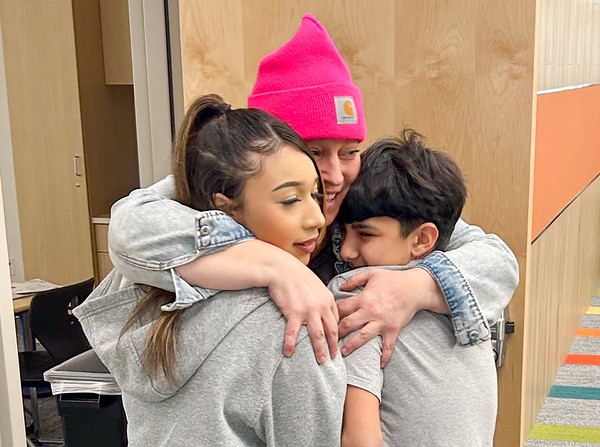You are here
CDE Field Trips - 4/22/25: Community Schools
CDE Field Trips - 4/22/25: Community Schools

Two students at Central Elementary Community School smile while they talk about their involvement at school.

A growing number of Colorado schools are embracing the community school model—an approach that brings together educators, families, students, and local partners to support the whole child.
Rather than operating in isolation, community schools serve as neighborhood hubs where academic instruction is paired with a wide range of services and supports. These can include health care, tutoring, mental health counseling, housing assistance, and family education programs. The goal is to create the conditions young people need to thrive both inside and outside the classroom.
Each community school is guided by a shared vision shaped by students, families, and educators. A full-time community school coordinator leads the work, ensuring that services are aligned with community needs and that everyone has a voice in shaping school priorities.
State law requires schools to conduct regular needs assessments and use data to develop strategic plans. These plans must outline goals, identify assets and challenges, and establish systems for monitoring progress.
Six core practices define the model: integrated supports, expanded learning opportunities, rigorous and community-connected instruction, strong family engagement, collaborative leadership, and a culture of belonging.
CDE supports community schools as an evidence-based strategy for school improvement, backed by research, technical assistance, and state and federal policy. Advocates say when schools partner with communities in this way, students—and entire neighborhoods—benefit.
See photos from community schools on Flickr and learn more on the Community Schools webpage.



Connect With Us





